🛰️🌌🪐☄️🍂🍁
🛰️🌌🪐☄️🍂🍁

Hubble Sees Possible Runaway Black Hole Creating a Trail of Stars
There's an invisible monster on the loose, barreling through intergalactic space so fast that if it were in our solar system, it could travel from Earth to the Moon in 14 minutes. This supermassive black hole, weighing as much as 20 million Suns, has left behind a never-before-seen 200,000-light-year-long "contrail" of newborn stars, twice the diameter of our Milky Way galaxy. It's likely the result of a rare, bizarre game of galactic billiards among three massive black holes.
The black hole lies at one end of the column, which stretches back to its parent galaxy. There is a remarkably bright knot of ionized oxygen at the outermost tip of the column. Researchers believe gas is probably being shocked and heated from the motion of the black hole hitting the gas, or it could be radiation from an accretion disk around the black hole. "Gas in front of it gets shocked because of this supersonic, very high-velocity impact of the black hole moving through the gas. How it works exactly is not really known," said van Dokkum.
This intergalactic skyrocket is likely the result of multiple collisions of supermassive black holes. Astronomers suspect the first two galaxies merged perhaps 50 million years ago. That brought together two supermassive black holes at their centers. They whirled around each other as a binary black hole.
Credit: NASA
More Posts from Monstrous-mind and Others

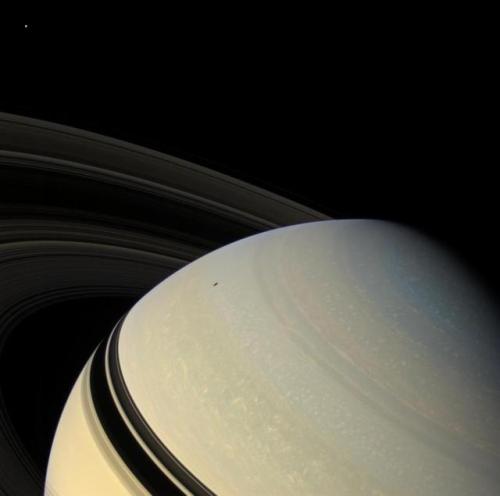
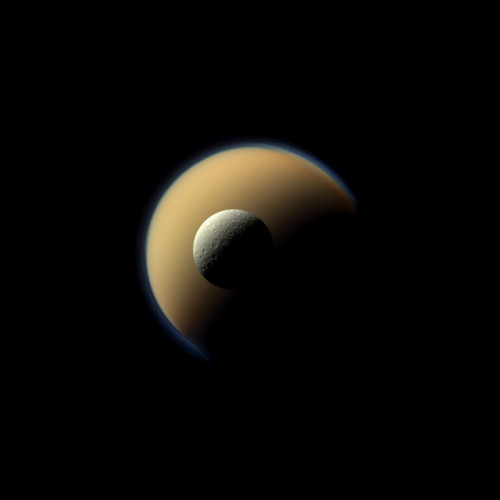
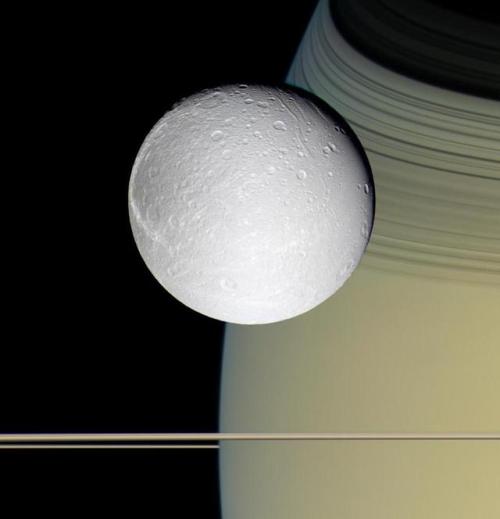
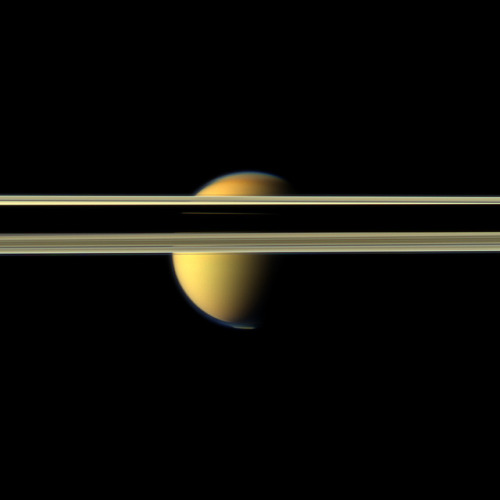
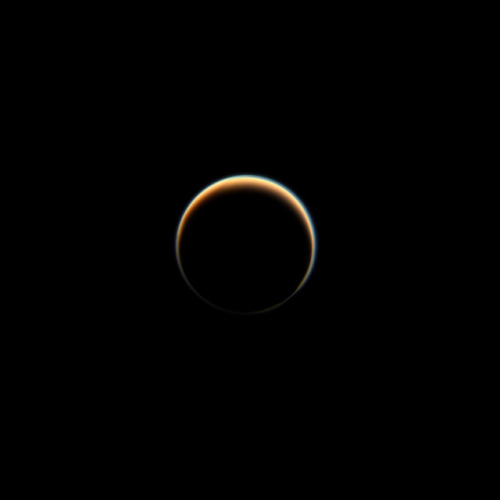
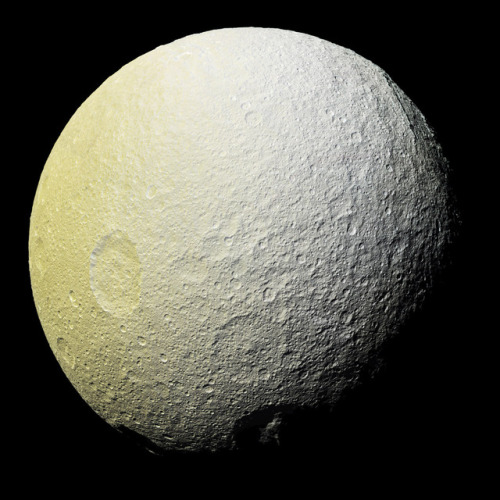
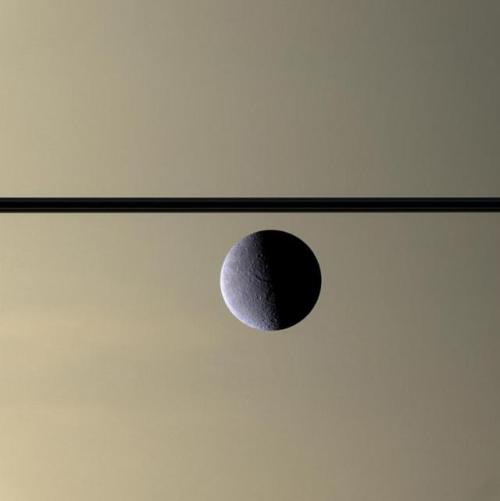

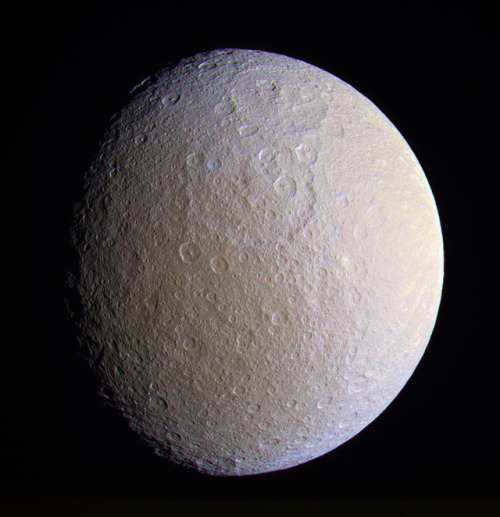
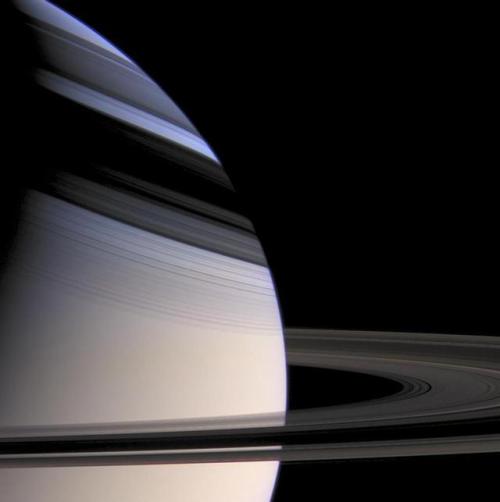
Saturn and its moons
Image credit: NASA/JPL-Caltech
🐈⬛🐈🍂🍁🌌

Salem, Massachusetts 🎃
🌬🍃🍁🍂🎃🍂🍁

🔭🌃🌌🐈🍂🍁

First Ever Image of a Multi-Planet System around a Sun-like Star Captured by ESO Telescope
The European Southern Observatory’s Very Large Telescope (ESO’s VLT) has taken the first ever image of a young, Sun-like star accompanied by two giant exoplanets. Images of systems with multiple exoplanets are extremely rare, and — until now — astronomers had never directly observed more than one planet orbiting a star similar to the Sun. The observations can help astronomers understand how planets formed and evolved around our own Sun.
The two gas giants orbit their host star at distances of 160 and about 320 times the Earth-Sun distance. This places these planets much further away from their star than Jupiter or Saturn, also two gas giants, are from the Sun; they lie at only 5 and 10 times the Earth-Sun distance, respectively. The team also found the two exoplanets are much heavier than the ones in our Solar System, the inner planet having 14 times Jupiter’s mass and the outer one six times.
Source

Soon... Very soon 🌬🍃🍁🍂🎃🍂🍁🐈


The Moon, Venus and Mercury at Dawn 1 - Feb 7, 2016
image credit: Joseph Brimacombe

-
 veg-biry-ani reblogged this · 8 months ago
veg-biry-ani reblogged this · 8 months ago -
 amchrisha liked this · 8 months ago
amchrisha liked this · 8 months ago -
 hyperikone reblogged this · 9 months ago
hyperikone reblogged this · 9 months ago -
 hyperikone liked this · 9 months ago
hyperikone liked this · 9 months ago -
 danielthefauwwboy liked this · 9 months ago
danielthefauwwboy liked this · 9 months ago -
 yummypeas liked this · 1 year ago
yummypeas liked this · 1 year ago -
 gregorlenko liked this · 1 year ago
gregorlenko liked this · 1 year ago -
 vegas2k reblogged this · 1 year ago
vegas2k reblogged this · 1 year ago -
 vegas2k liked this · 1 year ago
vegas2k liked this · 1 year ago -
 arcadianrepublic liked this · 1 year ago
arcadianrepublic liked this · 1 year ago -
 j-meister517 liked this · 1 year ago
j-meister517 liked this · 1 year ago -
 geblindfellan liked this · 1 year ago
geblindfellan liked this · 1 year ago -
 escribiendo-para-tus-oidos liked this · 1 year ago
escribiendo-para-tus-oidos liked this · 1 year ago -
 kantorkejaksaan liked this · 1 year ago
kantorkejaksaan liked this · 1 year ago -
 stethaddict liked this · 1 year ago
stethaddict liked this · 1 year ago -
 approximately-174-gremlins liked this · 1 year ago
approximately-174-gremlins liked this · 1 year ago -
 f1jet liked this · 1 year ago
f1jet liked this · 1 year ago -
 bewrabawa reblogged this · 1 year ago
bewrabawa reblogged this · 1 year ago -
 iontoforo liked this · 1 year ago
iontoforo liked this · 1 year ago -
 blancpain1735-fan-luxembourg liked this · 1 year ago
blancpain1735-fan-luxembourg liked this · 1 year ago -
 imanflexington liked this · 1 year ago
imanflexington liked this · 1 year ago -
 monstrous-mind reblogged this · 1 year ago
monstrous-mind reblogged this · 1 year ago -
 perphas reblogged this · 1 year ago
perphas reblogged this · 1 year ago -
 bayonet75 liked this · 1 year ago
bayonet75 liked this · 1 year ago -
 cyroust liked this · 1 year ago
cyroust liked this · 1 year ago -
 zenkichi95 liked this · 1 year ago
zenkichi95 liked this · 1 year ago -
 yoray liked this · 1 year ago
yoray liked this · 1 year ago -
 t1-bear liked this · 1 year ago
t1-bear liked this · 1 year ago -
 littlewinter1917 liked this · 1 year ago
littlewinter1917 liked this · 1 year ago -
 scundered reblogged this · 1 year ago
scundered reblogged this · 1 year ago -
 marnz liked this · 1 year ago
marnz liked this · 1 year ago -
 eiqhties reblogged this · 1 year ago
eiqhties reblogged this · 1 year ago -
 grandground reblogged this · 1 year ago
grandground reblogged this · 1 year ago -
 lillyli-74 liked this · 2 years ago
lillyli-74 liked this · 2 years ago -
 litostaves liked this · 2 years ago
litostaves liked this · 2 years ago -
 contemplative-synapse liked this · 2 years ago
contemplative-synapse liked this · 2 years ago
My ambition is handicapped by laziness. -C. Bukowski Me gustan las personas desesperadas con mentes rotas y destinos rotos. Están llenos de sorpresas y explosiones. -C. Bukowski. I love cats. Born in the early 80's, raised in the 90's. I like Nature, Autumn, books, landscapes, cold days, cloudy Windy days, space, Science, Paleontology, Biology, Astronomy, History, Social Sciences, Drawing, spending the night watching at the stars, Rick & Morty. I'm a lazy ass.
222 posts
